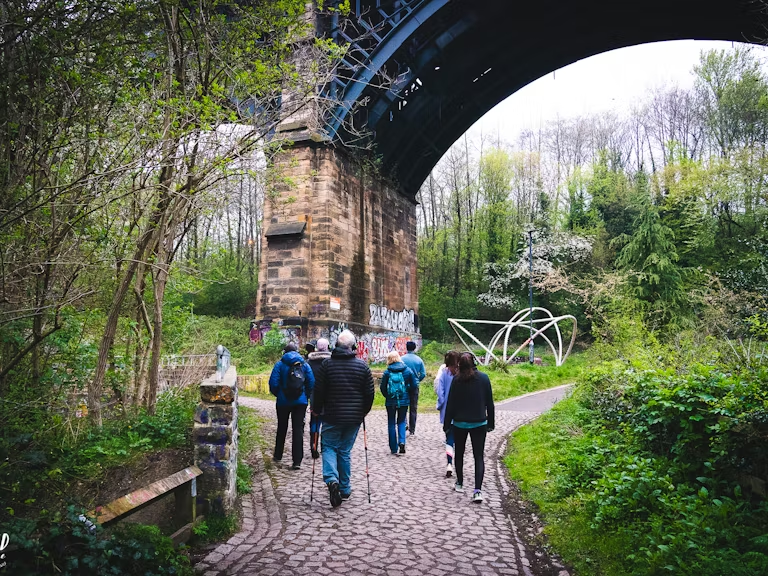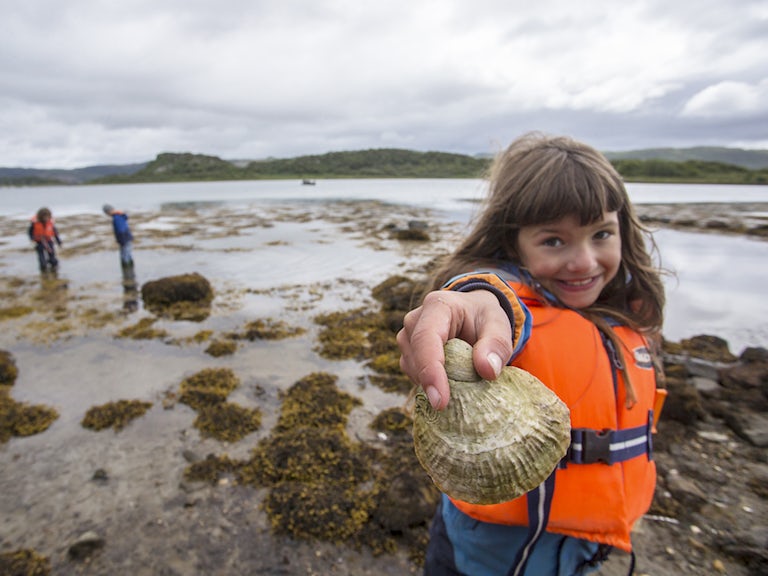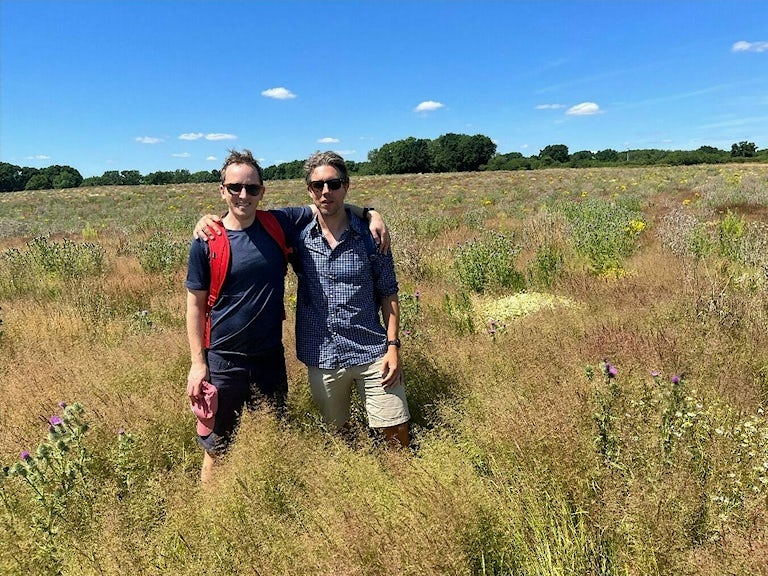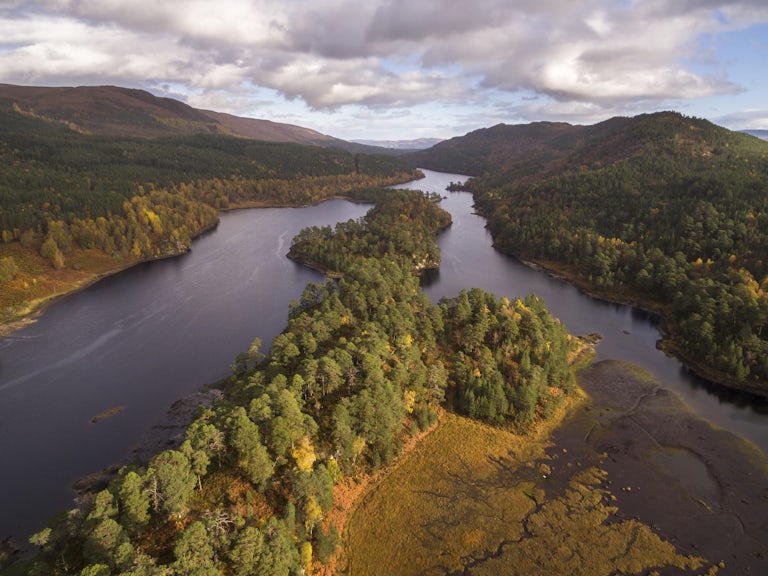Where nature meets business
What has nature-related business risk got to do with rewilding? A lot, says Corporate Partnership Manager Ellen Rickford, who takes a deep dive into the Taskforce on Nature-related Financial Disclosures in the first of our nature business bulletins.
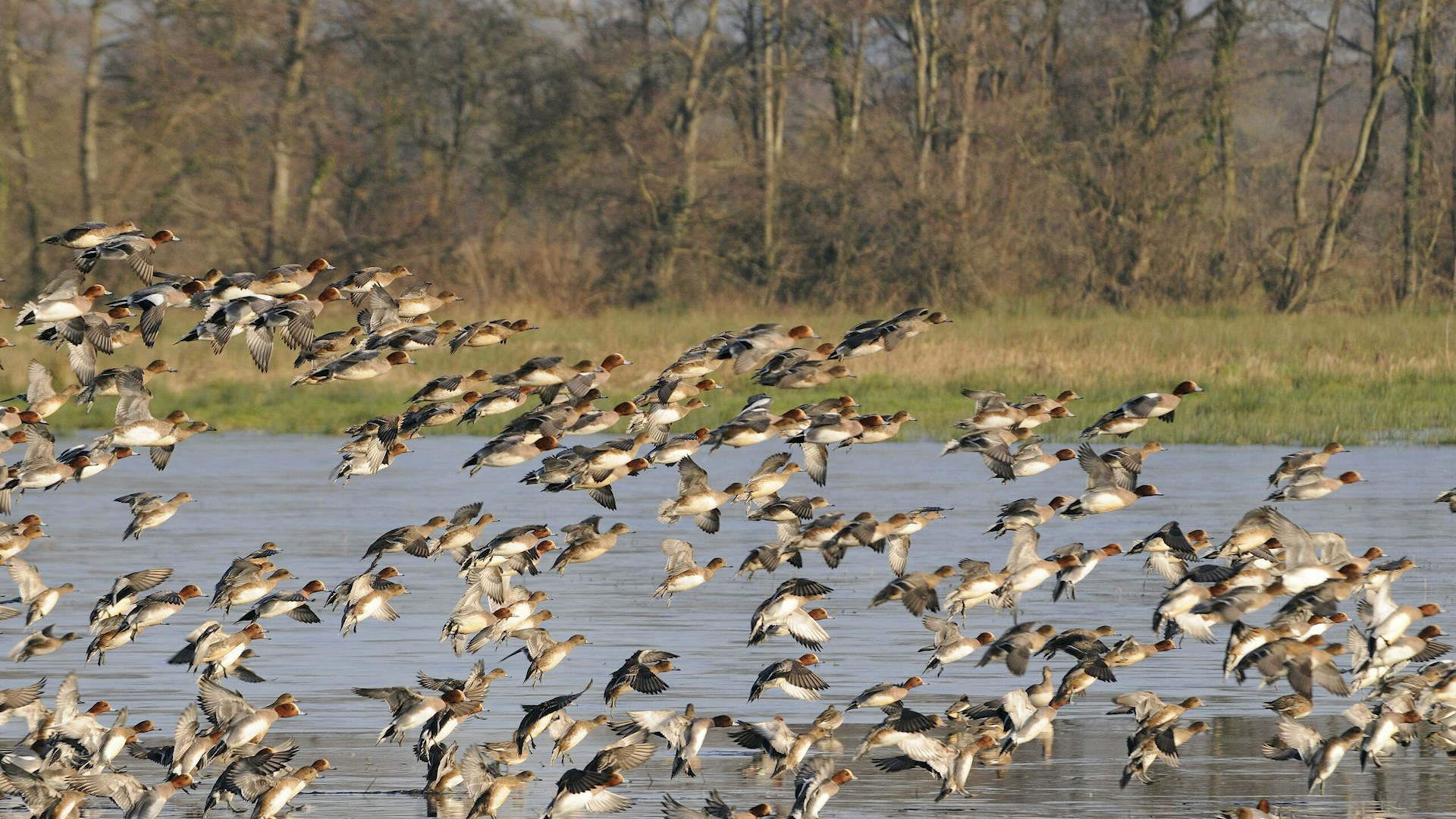
Published 10/07/2025
According to the World Economic Forum, climate and environmental risks are now some of the most significant facing businesses globally. Here in the UK, nature loss could drive a reduction in GDP of up to 12%.[1] To put that in perspective, the GDP losses associated with the 2008 financial crash and the covid pandemic were 5% and 11% respectively, so it’s no wonder that increasing numbers of businesses are turning their attention to the challenge of reducing and reversing nature loss – even as changing political landscapes create a more challenging environment for Environmental, social, and governance (ESG) initiatives globally.
12%
of the UK’s GPD could be lost due to nature decline
In my role as Corporate Partnership Manager here at Rewilding Britain I speak every day to forward-thinking businesses who recognise that investing in nature has never been more important. But I also hear time and again that it can be challenging to identify exactly how to transform that knowledge into tangible action. Invest in nature?… Well, sure! But which nature? How much? And where?
Sound familiar?
Well, thankfully, rigorous guidance for businesses keen to navigate these complex questions is, at last, available. And it lies in the Taskforce on Nature-related Financial Disclosures (TNFD), a global initiative founded by the UN’s Environment Programme Finance Initiative and Development Programme in partnership with NGOs WWF and Global Canopy. The TNFD framework, published in 2023, supports organisations to report and act on both their impacts and dependencies on nature. Together with the Task Force on Climate-related Financial Disclosures (TCFD), a parallel framework supporting the (mandatory, to some) declaration of climate related impacts and dependencies, it gives companies and financial institutions a complete picture of their environmental risks.
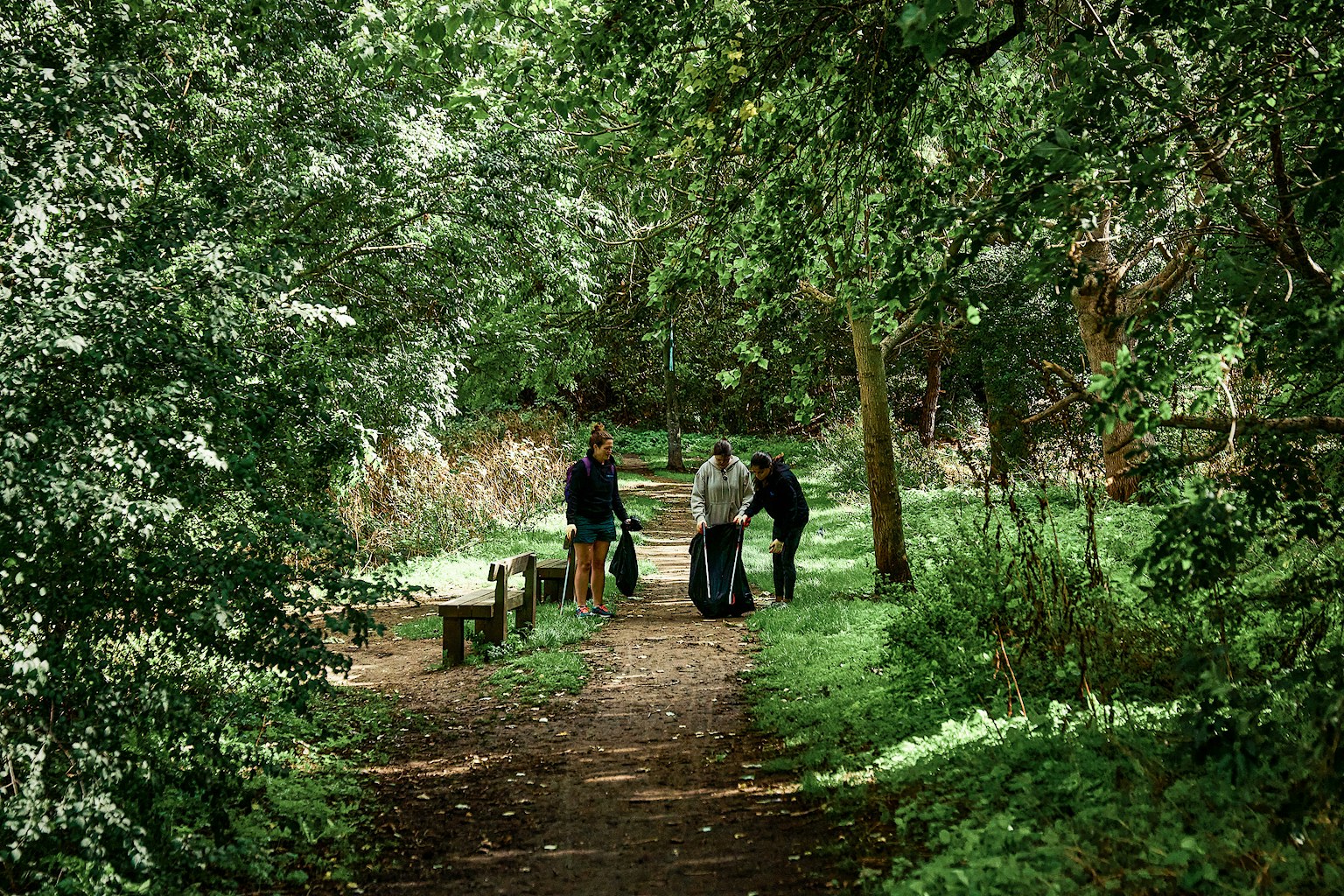
What role can rewilding play?
Rewilding – the large-scale restoration of nature until it can take care of itself, and us, again – is referenced specifically within the TNFD framework as an activity capable of regenerating the ‘environmental assets’ upon which businesses rely (fresh water, for example). Meanwhile, nature restoration more broadly is called out as a mechanism capable of maintaining or reinstating the ‘ecosystem services’ that organisations are similarly dependent on, such as pollination.[2]
In both instances the business benefits are twofold – enabling businesses to both reduce the financial risks they face as a result of nature degradation and to improve their public image. Benefits that, between them, can contribute to strengthening a business’s position in the market, improving their resilience to change and increasing their access to reputational capital opportunities.[3]
But what does that actually look like in practice? Well, the TNFD uses the example of a business whose ‘physical infrastructure’ (think factory or storage facilities) lies within an area that is becoming increasingly vulnerable to extreme weather events. In order to reduce the risk of damage to their infrastructure, the business in the TNFD example invests in the restoration of nearby wetland habitats (mangroves, to be specific) that are proven to reduce the impact of extreme weather events in their surrounding area. As a result the business is able to reduce their overall nature related financial risk – by reducing the vulnerability of their physical infrastructure to damage, improving their insurability, their investability and their public reputation.[4]
How can British businesses apply this?
While mangroves may be few and far between in Britain (although, believe it or not, we were once a nation of vast temperate rainforests, a few precious pockets of which still remain) an equivalent capacity to reduce flooding through nature restoration lies in the hands (or paws) of the humble beaver.
The beaver is a keystone species and one of nature’s most brilliant ecological engineers. Through the building of dams, the digging of canals and the creation of dead wood, beavers create and maintain habitats where an abundance and diversity of life can flourish, while simultaneously slowing the flow of water. Studies have found that beavers regulate river flows and beneficially reduce flood peak levels downstream.[5] In one study Beaver dams were found to have reduced peak flood flows downstream by 29%, decreasing the total volume of water discharged during storm events by 30%.[6]
So by investing in rewilding initiatives and policy changes that see these industrious mammals reintroduced to the landscape, British businesses may too be in a position to reduce risks associated with flooding, while improving their public image and potentially driving up sales and their market value.
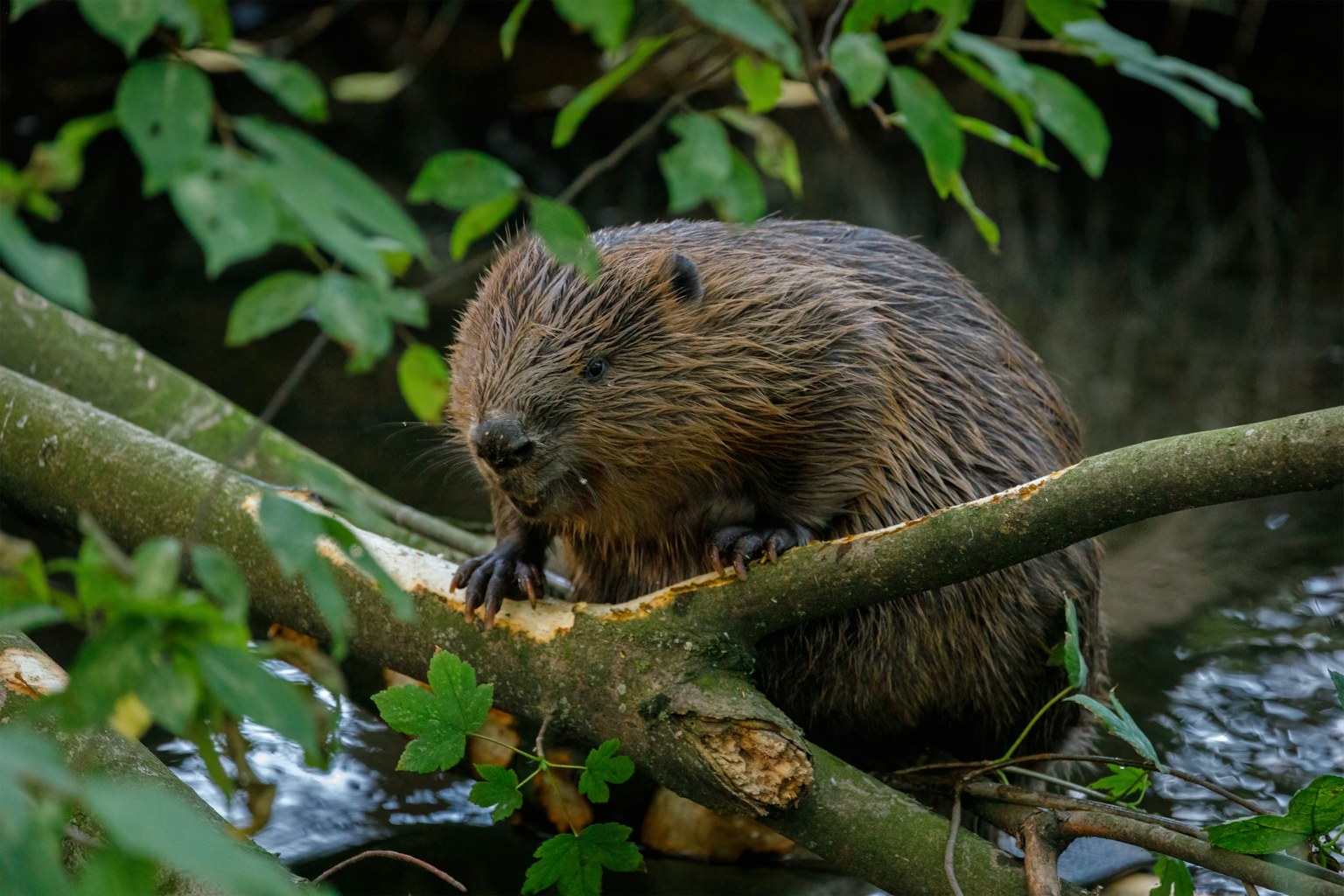
And of course the potential doesn’t stop with beavers. The mosaics of vegetation that effective rewilding can produce, for example, are shown to support increased numbers of pollinators[9], reducing the risk of crop failures to businesses dealing in the production of fruit, vegetables, or flowers. While the resurgence of charismatic fauna to rewilded land and seascapes draw in visitors, driving ecotourism opportunities and strengthening local economies.[7] Restoring flora in marine environments (seagrass, for example) can lead to improved fish stocks, generating opportunities for everyone – from small-scale, sustainable fisheries to the whole network of service providers who support them.[8]
In summary, rewilding represents one of the most effective, cost-efficient strategies to tackle the climate and ecological crises, as well as one of the most productive uses of land and sea. It can provide countless benefits capable of driving down financial risk and creating financial opportunities, including boosting biodiversity and numbers of key species, increasing carbon storage, creating green economies, providing flood mitigation and other climate-change resilience services and improving the quality of air, water and soil.
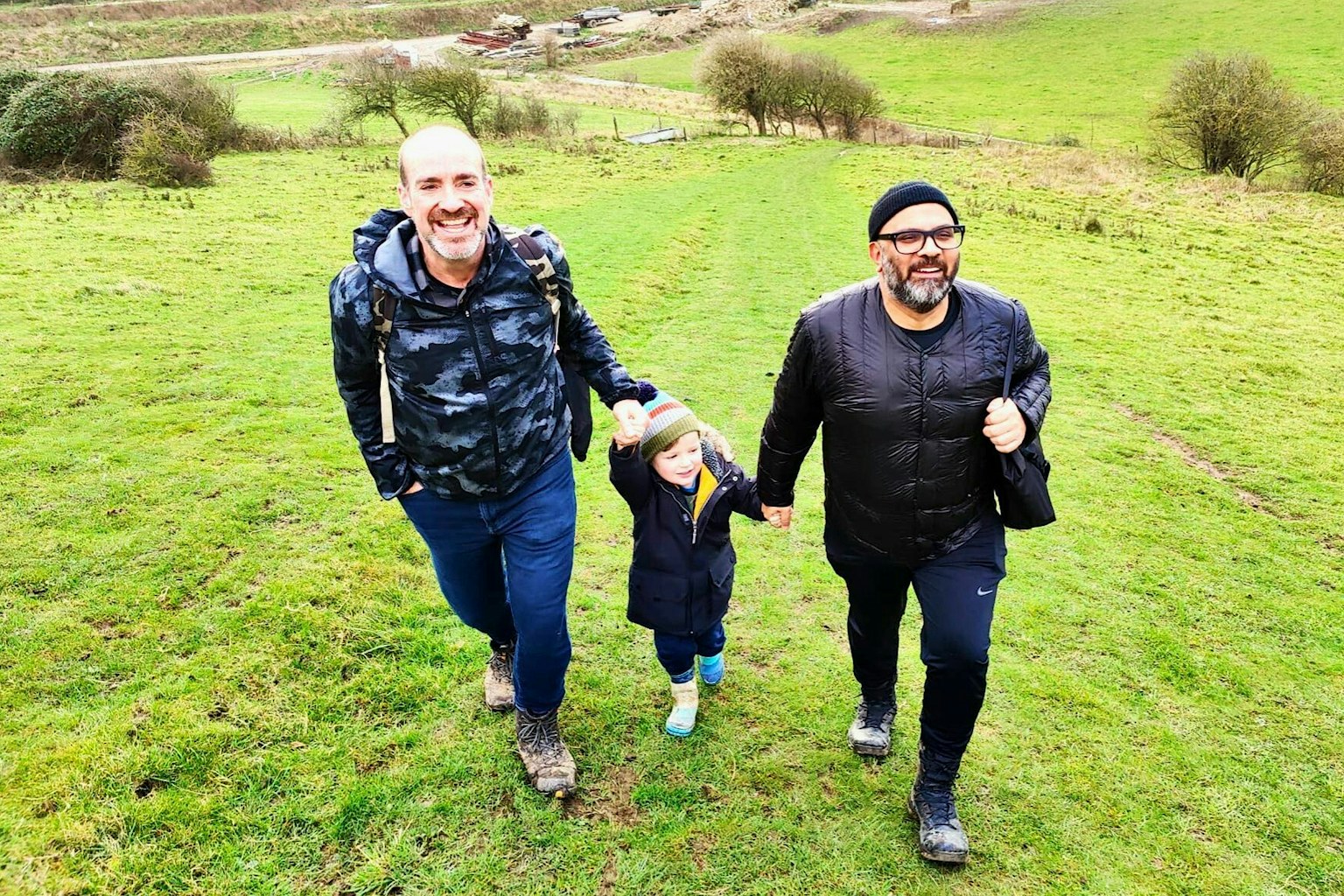
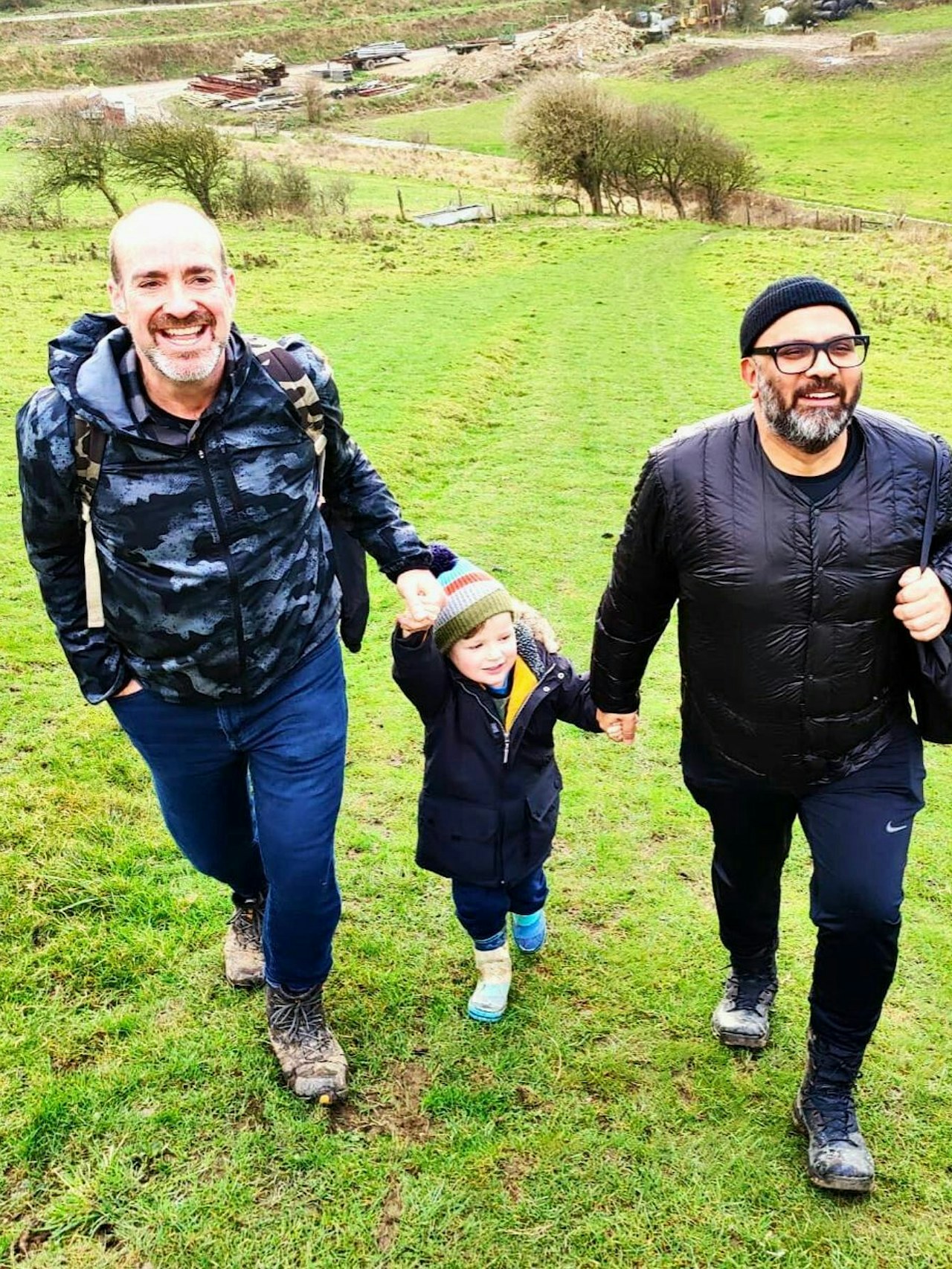
Case study: Republic of Music
Discover the innovative model bringing record distributors and clients closer to nature.
It’s fantastic to see the rewilding movement properly recognised by the global experts on nature-related financial risk as the powerful driver of change that it truly is – as a proven way for businesses to mitigate the negative impacts of the interrelated nature and climate crises while simultaneously opening up new revenue streams and reputation-based market-share opportunities.
If you’re interested in learning about how your organisation can drive forward nature restoration via a partnership with Rewilding Britain, find out more about working with us.
Rewild your business
We welcome the valuable role that companies can play in helping rewilding flourish across Britain – especially a partner who shares the same values and vision as us.
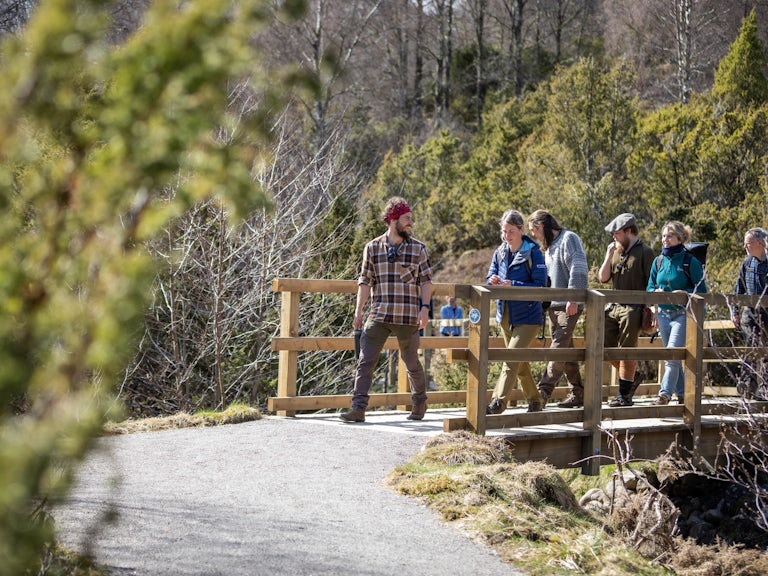
Become a corporate partner
Take action for nature and climate by becoming a corporate partner of Rewilding Britain.
Become a corporate partner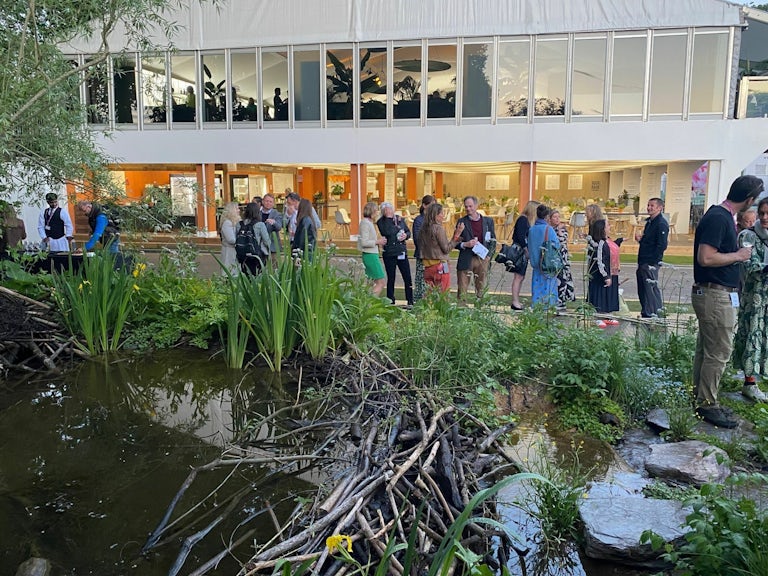
Meet our corporate partners
Find out about some of the exciting and innovative ways we’re working with businesses to further our collective goals.
Be inspired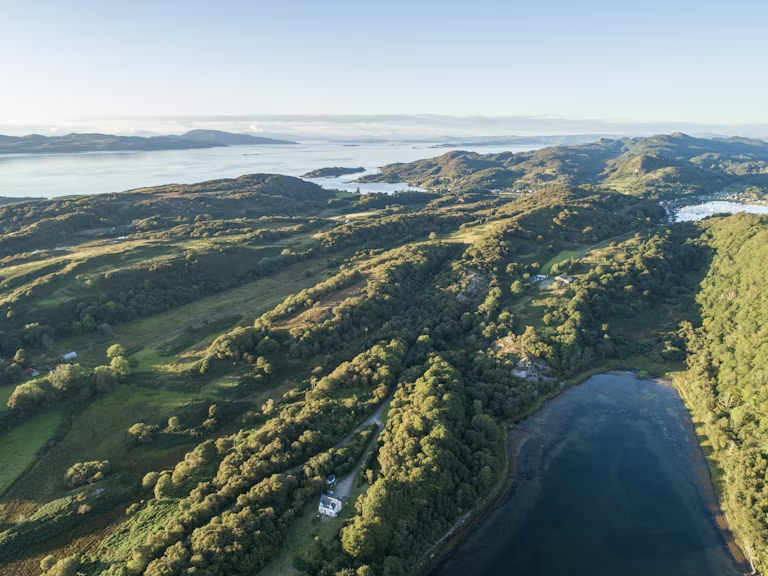
Explore our Rewilding Financing Report
Uncover our blueprint for a game-changing shift in funding and investment for rewilding.
Read the report- Green Finance Institute, Nature degradation could cause a 12% loss to UK GDP
- Taskforce on Nature-related Financial Disclosures, (2023) Guidance on the identification and assessment of naturerelated issues: The LEAP approach, p.23
- ibid, p.30
- ibid, p.136
- Rewilding Britain, (2016) Rewilding Britain Flood Report
- Freshwater Biology Association, (2024) Beaver reintroduction and its effect on freshwater biodiversity in Britain
- C. Wallace, (2018) The Impacts of a Rewilding Project on Pollinator Abundance and Diversity at a Local Scale
- Rewilding Britain, Nature-based economies
- Sussex Kelp Recovery Project, (2023) Progress and Impact Report
